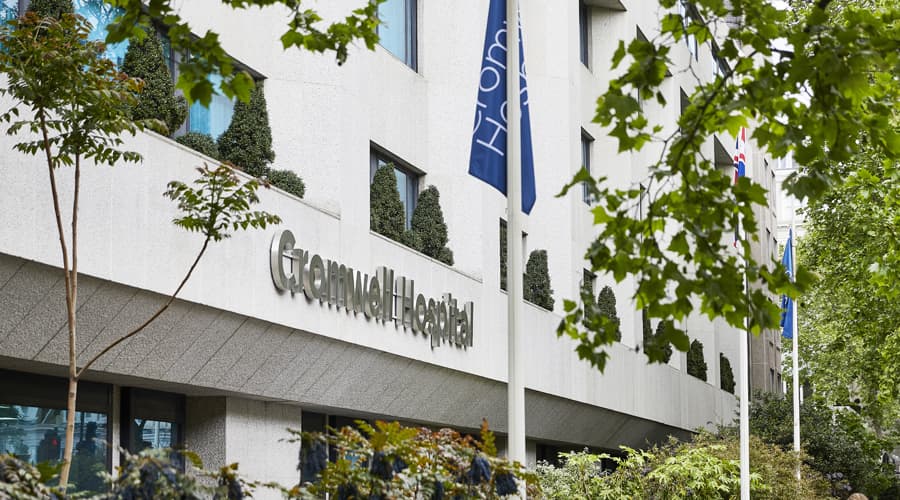Posterior cruciate ligament (PCL) reconstruction
A surgical procedure to correct posterior cruciate ligament (PCL) damage.
What is posterior cruciate ligament (PCL) reconstruction?
PCL surgery repairs damage caused by trauma to the knee. During surgery, a piece of tendon from another part of your body (a graft) replaces the injured PCL; alternatively, an allograft (tendon from someone else) or an artificial ligament (such as the LARS ligament) may be used.
The PCL is a thick band of tissue that joins the back of the shin bone to the inside of the thigh bone. It stops the knee bending backwards and stabilises it during rotational movements.
Your PCL may get torn following impact on the front of your knee when it is in a flexed position. This might be due to a fall onto a bent knee, impact during a car crash, or during a tackle in sport.
Sometimes PCL damage can be resolved with physiotherapy, but if your symptoms don't improve or if there is a complete tear, your consultant is likely to recommend surgery.
PCL reconstruction is usually carried out through keyhole surgery (arthroscopically). It is usually done under general anaesthetic, which means you’ll be asleep during the procedure.
Your orthopaedic surgeon makes three small cuts in your knee and inserts a telescopic video camera and surgical instruments.
First, your surgeon will cut a section of tendon from your thigh (the hamstring) or knee. They will then drill small holes in your thigh bone and shin bone, and insert the ends of the tendon.
This tendon (graft) will be fixed in place with screws or staples. Donor tendons can also be used (allografts), or artificial ligaments in the presence of multi-ligament reconstruction. You should discuss this option with your surgeon.
The area is then closed using surgical tape or dissolvable stitches, and a dressing is applied.
You should be able to go home on the same day as the surgery, or as soon as you have recovered from the anaesthetic.
It usually takes about six months for the graft to incorporate, although it can be as long as 12 months.
During the first six weeks, depending on the level of the injury, you’ll need to wear a leg brace to limit the movement of your knee, and you’ll need to use crutches to keep the weight off it.
Your physiotherapist will give you some gentle exercises to help build up the muscles and mobility of your knee.
You should be able to return to work four to six weeks after the operation, if your job isn’t physically demanding. Those with more active jobs will need a longer recovery time.
It usually takes six to twelve months to make a full recovery and return to sports.
Contact us today
Our team will be happy to answer any questions and book your appointment.
Self-pay: +44 (0)20 7244 4886
Insured: +44 (0)20 7460 5700
Paying for your treatment
We welcome both self-paying and insured patients.
Self-pay patients
We offer several ways for patients to self-pay, including pay-as-you-go and self-pay packages.
Insured patients
At Cromwell Hospital, we accept private health insurance from most major providers, including AXA, Aviva, Bupa, and Vitality.
Our locations

Book an appointment today
Call us now for appointment bookings, general queries, and personalised quotes.
Alternatively, you can contact us using our online form.
